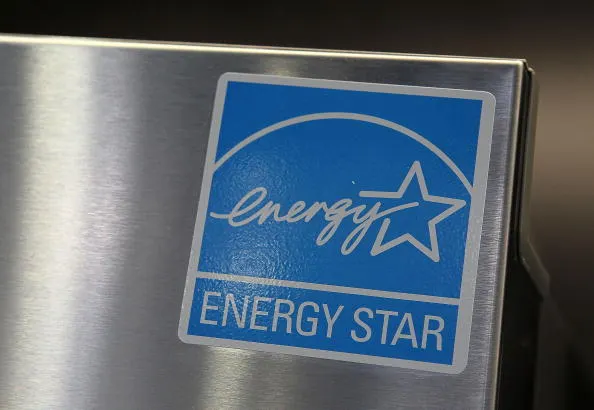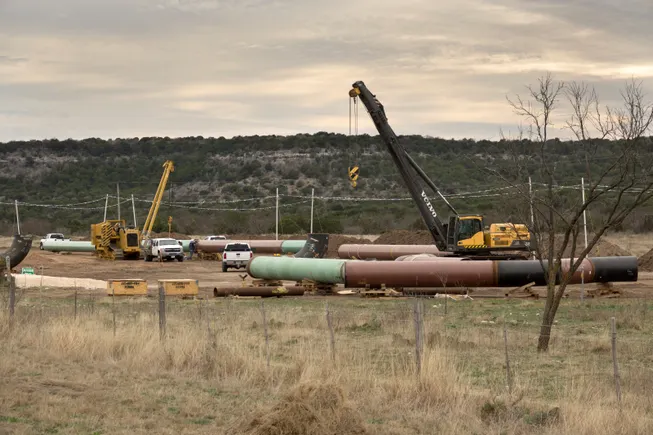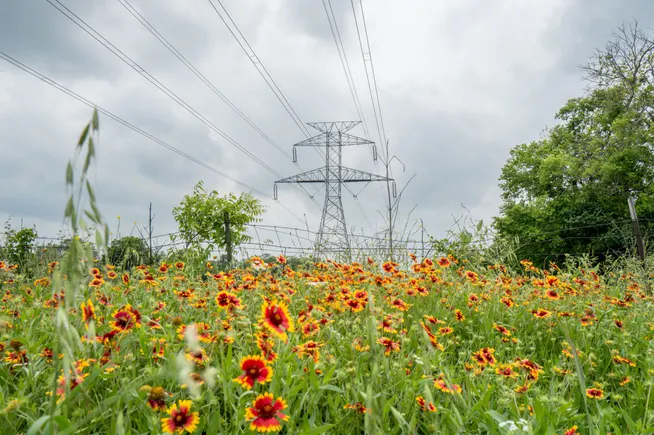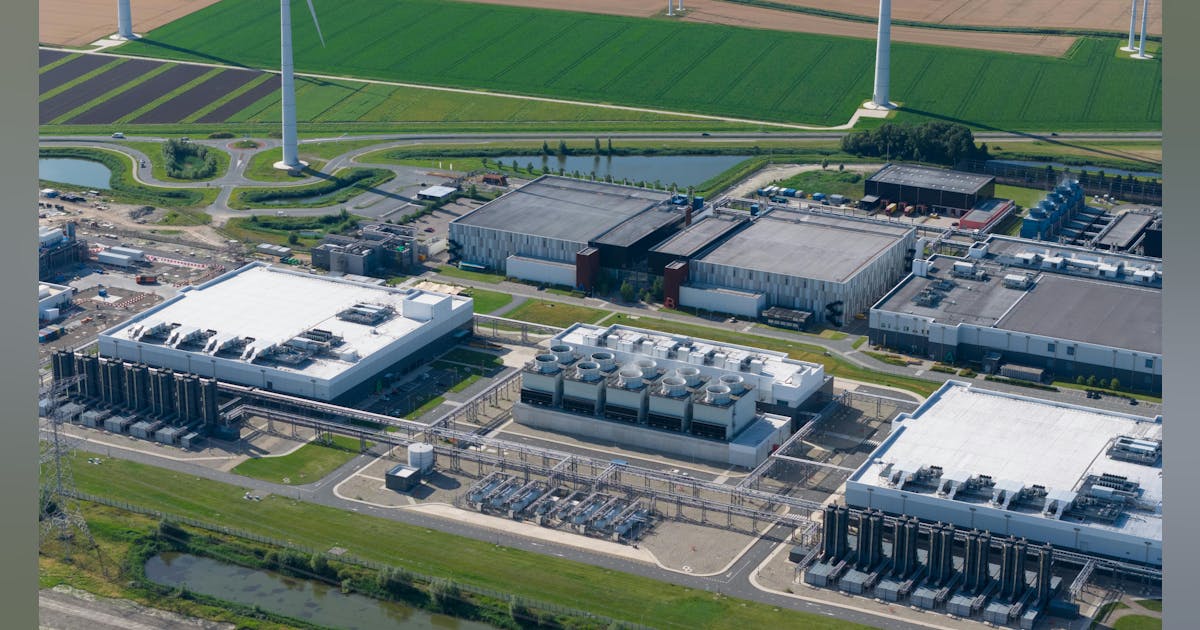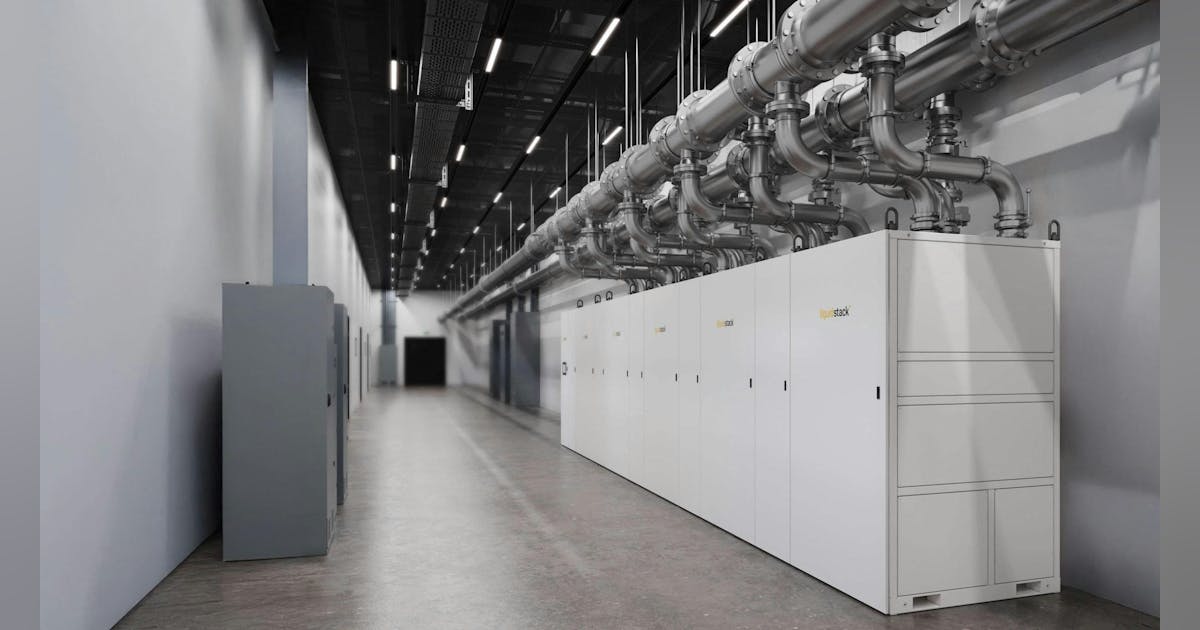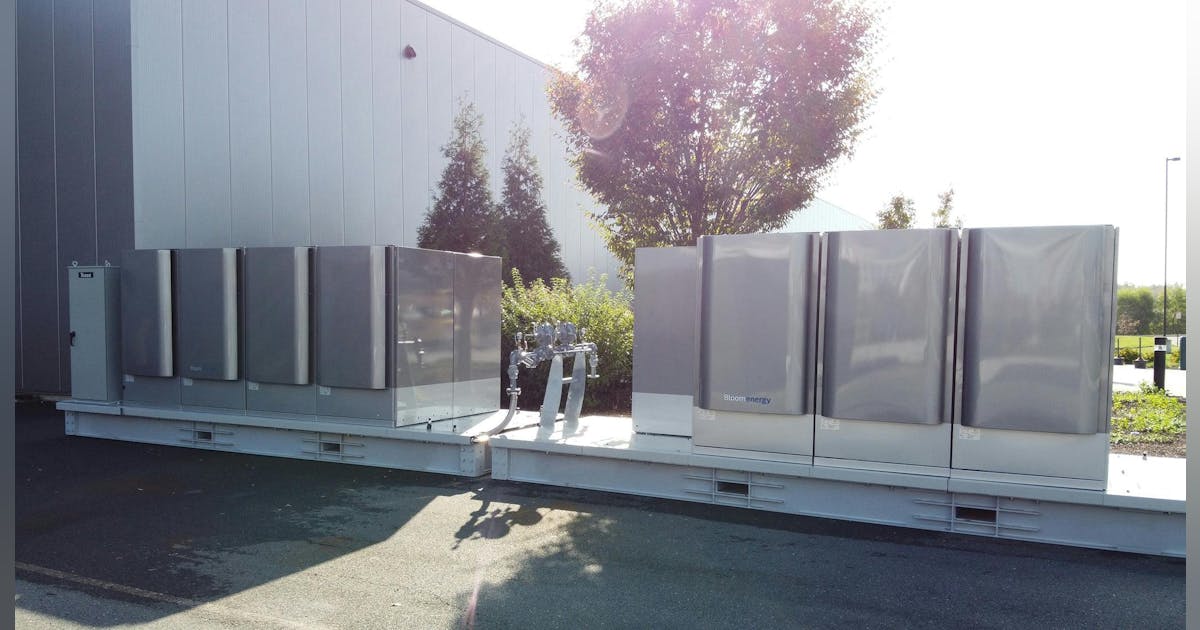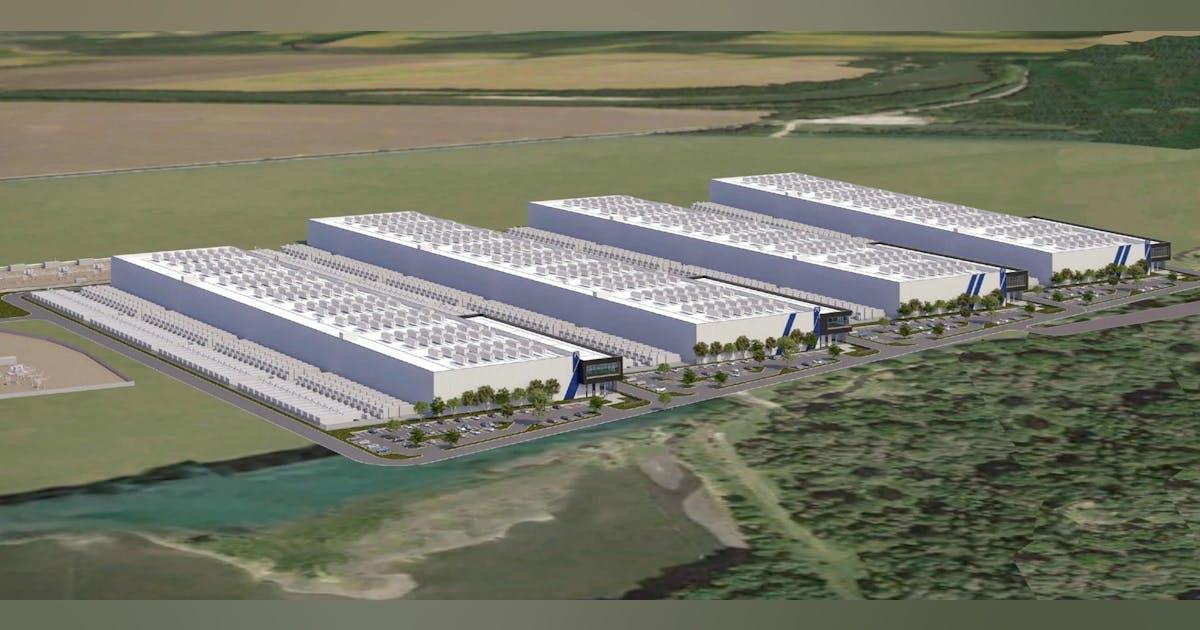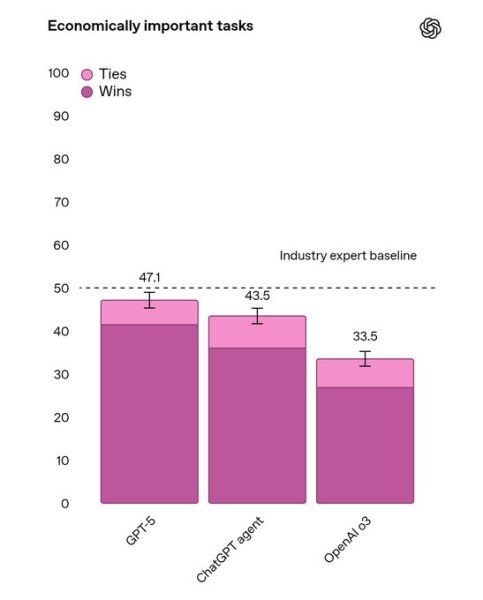
It’s a shining example of the old cliche that those who do not learn from history are doomed to repeat it. When Paul Otellini took over as CEO in 2005, he had to cut Intel’s wasted effort on communications back then as well. Intel attempted to become a player in the comms business, making over a dozen acquisitions of small companies that never went anywhere. In the end, it fell to Otellini to clean up the mess just as Tan is doing now.
Coming out of the earnings call, there has been considerable misunderstanding on a statement made by Tan regarding the 14A node process. Tan said the following on the quarterly earnings call with Wall Street analysts, as per transcript on Seeking Alpha:
“Up to and through Intel 18A, we could generate a reasonable return on our investments with only Intel Products. The increase in capital cost at Intel 14A, make it clear that we need both Intel products, and a meaningful external customer to drive acceptable returns on our deployed capital, and I will only invest when I’m confident those returns exist.”
This has been interpreted by some as stating that Intel will cancel 14A if it doesn’t get enough external customers, which is not the case, experts said. For starters, it needs 14A for its own processors. And secondly, Tan did not mean he would cancel the design node.
“The increase in capital costs at Intel 14A make it clear that we need both Intel Products and a meaningful external customer to drive acceptable returns on our deployed capital, and I will only invest when I’m confident those returns exist,” Tan stated.
First, Intel has previously announced that it is working with two early external customers on 14A and it has its own products already committed to 14A. “I think that the way it was presented it freaked everyone out,” said Jim McGregor, principal analyst with Tirias Research. “I think they were trying to make a point to their customers to say listen, we need you to belly up to the bar not just stay on the fence.”







